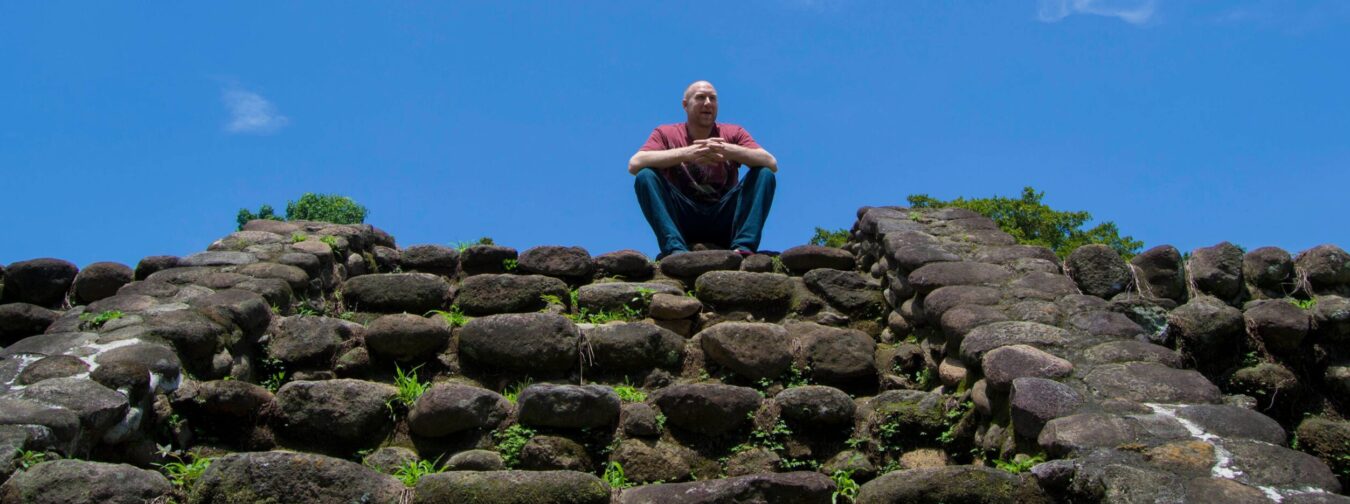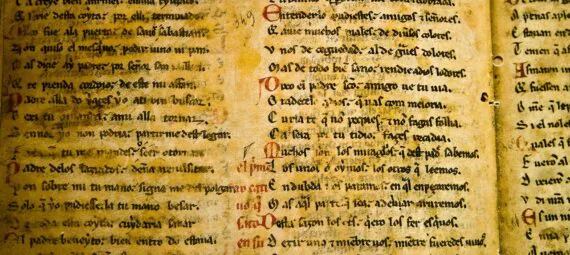The quest to reconstruct the past has long been a fundamental aspect of human curiosity and understanding. Historians and archaeologists have traditionally been at the forefront of this pursuit, utilizing various tools and methodologies to decipher the mysteries of bygone civilizations. While archaeology is often celebrated for its physical discoveries, linguistics plays an equally vital role in piecing together the puzzle of human history.
Languages have been rightly described as “time capsules,” preserving the thoughts, beliefs, and cultures of their speakers throughout history. They are more than just tools of communication; they are windows into the past. Linguistics, the scientific study of language, enables us to unlock these time capsules and delve into the nuances of past societies. The key ways in which linguistics contributes to reconstructing the past include:
Language Evolution: Linguists analyze the evolution of languages over time. By tracing linguistic changes, they can infer historical events, migrations, and interactions. For example, the Indo-European language family, which includes languages like English, French, and Hindi, allows linguists to trace back to a common ancestor language, providing insights into the migrations of ancient people.
Cultural Insights: Language reflects the culture and worldview of its speakers. By examining the vocabulary, idioms, and metaphors used in historical texts, linguists can gain valuable insights into the beliefs, values, and social structures of the past. This is especially significant when written records are scarce.
Chronological Dating: The study of historical linguistics can help linguists and historians establish chronologies for texts and events. Linguistic changes can be used as a form of dating for texts that lack explicit chronological markers.
Reconstructing Unwritten Languages: Many ancient languages are known only through inscriptions or a handful of texts. Linguists employ comparative methods to reconstruct the grammar and vocabulary of these languages, allowing us to understand cultures that might otherwise remain obscure.
Oral Traditions: In cultures with strong oral traditions but limited written records, linguistics can be used to study the evolution of oral stories, legends, and myths, shedding light on the past and the transmission of cultural knowledge.
While linguistics and archaeology share the overarching goal of reconstructing the past, their approaches and methodologies differ significantly. It’s crucial to understand these differences to appreciate their respective contributions.
Material vs. Immaterial Evidence: Archaeology deals with physical evidence, while linguistics deals with immaterial evidence. Both approaches are complementary, offering a more comprehensive understanding of history.
Preservation and Accessibility: Archaeological finds can decay over time, while language can be more resilient. Linguistic evidence can span millennia, surpassing the accessibility of archaeological finds.
Interpretation and Interpolation: Archaeological evidence can be challenging to interpret, involving educated guesses. Linguistic evidence provides direct information about beliefs, practices, and cultural norms.
Historical Texts and the Written Word: Combining insights from linguistic analysis of texts with archaeological findings creates a more complete historical narrative.
As technology advances and interdisciplinary collaboration deepens, the future of reconstructing the past becomes increasingly promising. Linguistics and archaeology, while distinct fields, are converging in many ways. Tools like advanced imaging techniques, machine learning, and digital databases have revolutionized both disciplines, making it easier to analyze and interpret evidence from the past.
Artificial intelligence (AI) is playing a pivotal role in historical linguistics, significantly enhancing our ability to recreate language families. AI’s capacity to process and analyze vast amounts of linguistic data efficiently expedites the identification of language relationships and enables the uncovering of hidden linguistic connections that may have been challenging to detect manually. This advancement is particularly important in Mesoamerica, where much of our understanding is yet to be uncovered. Less than 1% of Mesoamerican archaeological sites have been excavated completely, and there is much we still don’t understand about the civilizations that lived there.
My research focuses on understanding the influence of the Mixe-Zoque culture and language on the general Mesoamerican landscape. Their influence is evident in many ways, but its extent remains unclear. Several hypotheses suggest that Proto Mayan, the Olmec civilization, the Epi-Olmec culture, Teotihuacan, and Mayan glyphs were influenced by Mixe-Zoque languages to varying degrees. My research, powered by AI, aims to trace this influence and better understand the cultural interactions of Mesoamerican people throughout prehistory.





